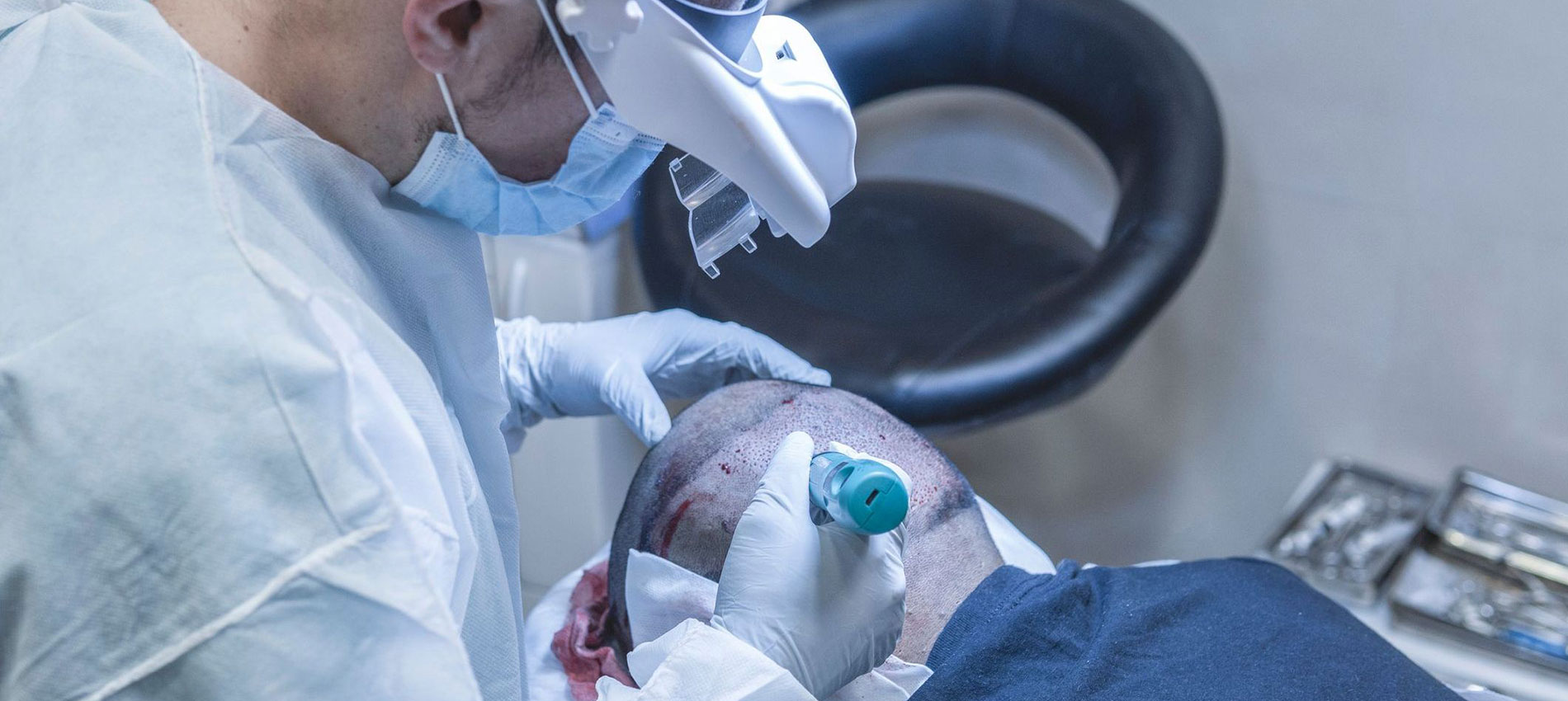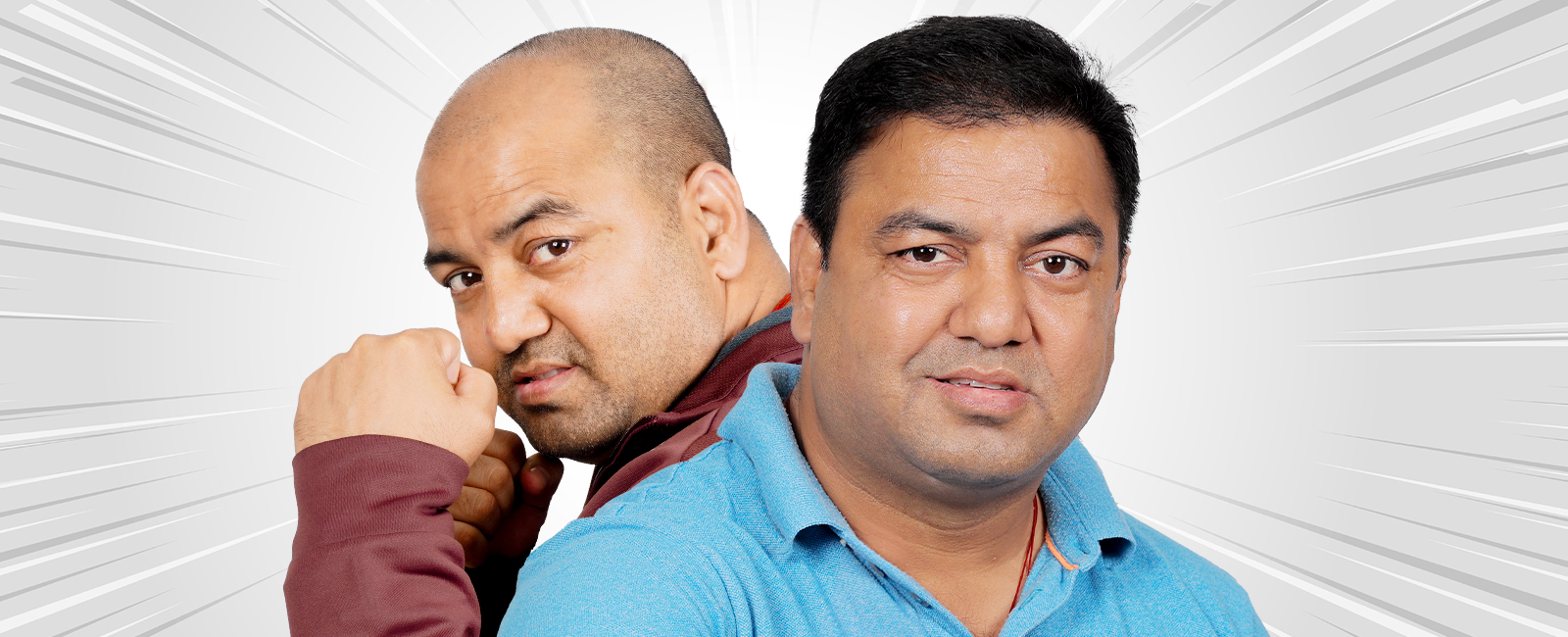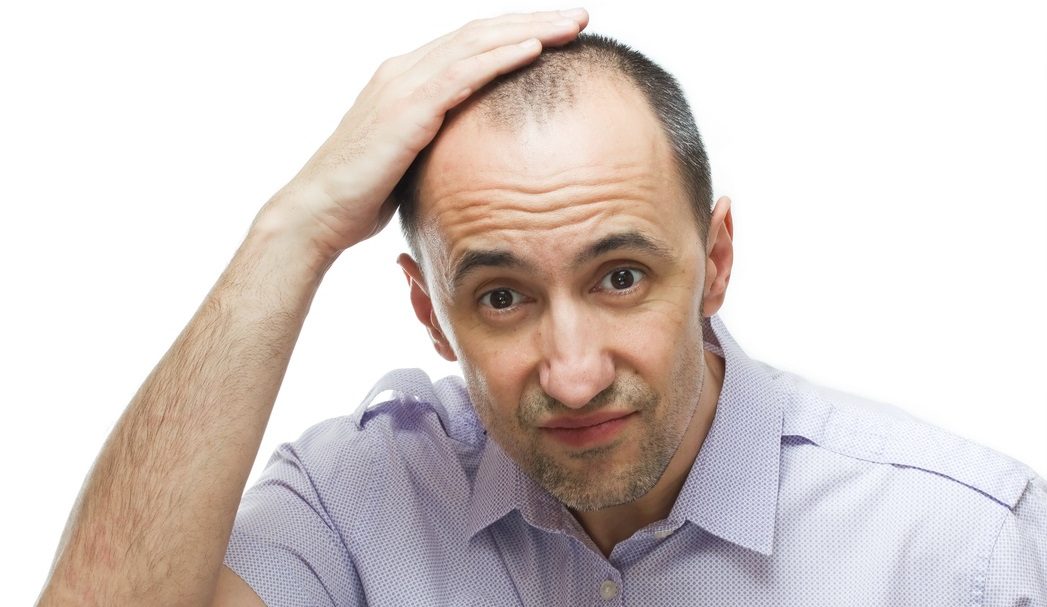The way science and technology are growing in the twenty-first century seems like the day is not far when humans will discover another universe. Science in the world of hair restoration has gone so far that robotic hair transplant is the talk of the town these days. Don’t worry if you have not heard about the same. Here you will find everything you want to know about it.
Procedure:
Artificial Intelligence algorithm abbreviated as ARTAS is a kind of revolution in the world of hair restoration. It is duly approved by FDA. The hair and scalp follicles of the patient are mapped in 3-D by ARTAS. In order to make sure that the extracted area is not “over-harvested,” This measures the angle of the follicle beneath the hair follicles and is able to do so by upgrading its locations during harvesting 50 times per second. It also calculates and maps the spacing between each follicular that has been harvested. This guarantees the recipient of the hair transplant the greatest outcome possible. The advantages for the doctor are numerous, ranging from the ARTAS System’s effectiveness in harvesting follicular unit transplants to the grade of the grafts to patient safety.
Now that you have understood the procedure of robotic hair transplant, let’s first discuss a few drawbacks or disadvantages of manual hair transplant:
- The surgical time tends to be longer
- Not all the hands that perform surgery are experienced. After all, experience is gained with practice. This is why in manual hair transplant there are fair chances of transection of grafts.
- Grafts extracted are more fragile in nature
- It is indeed a laborious task
- Precision and skill are required at the end of the surgeon
- Higher chances of damage to graft during the harvesting procedure
Keeping the above shortcomings in mind, doctors might have decided to pioneer the technique of robotic hair transplant. Now let’s have a glance over the benefits of the same:
- No matter if it’s an automated machine, it will duly identify your existing hair and will ensure its protection.
- Accurate recipient sites will be created
- The fashion of implanted grafts will be aesthetically designed
- It is quite obvious that there will be no chances of human error
- There will be no impressions of a scar on the donor site
- Pain will be minimized
- Recovery time will be faster
But going by the saying, every coin has two faces, we must consider that even a robotic hair transplant can have a few drawbacks. The one significant disadvantage of employing the Artas technique is that light or very curly hair is not yet wellsuited to the imaging techniques used to determine the best prospects for extraction.
The places from which Artas can remove hair are similarly restricted.
For instance, Artas is restricted to the sides and back of the head while standard FUE can remove hair from the back of the neck, your beard, or any other area where hair grows.
While this may restrict alternatives, it also tends to make particular regions the finest to extract from.





